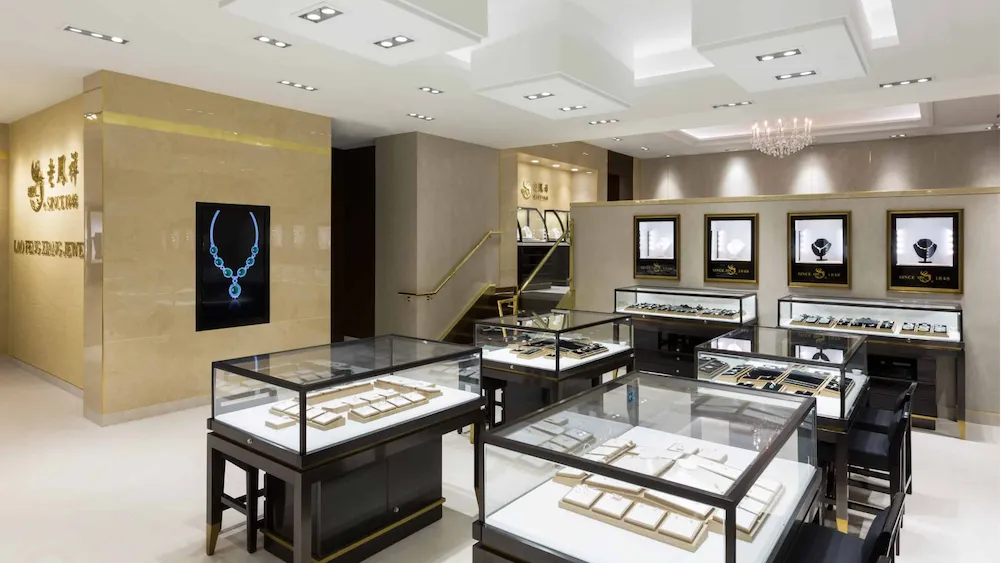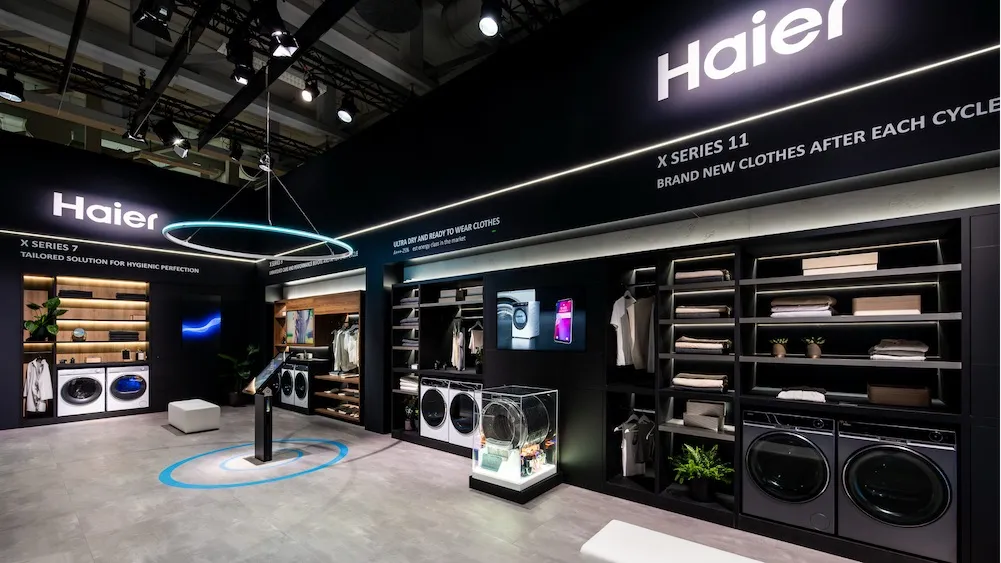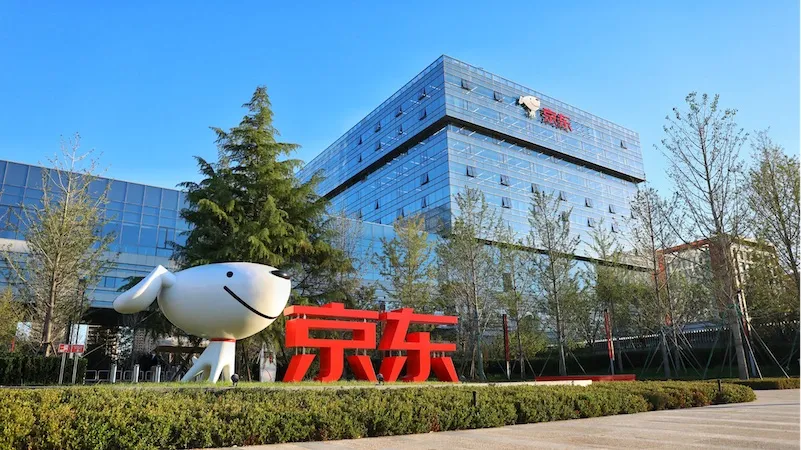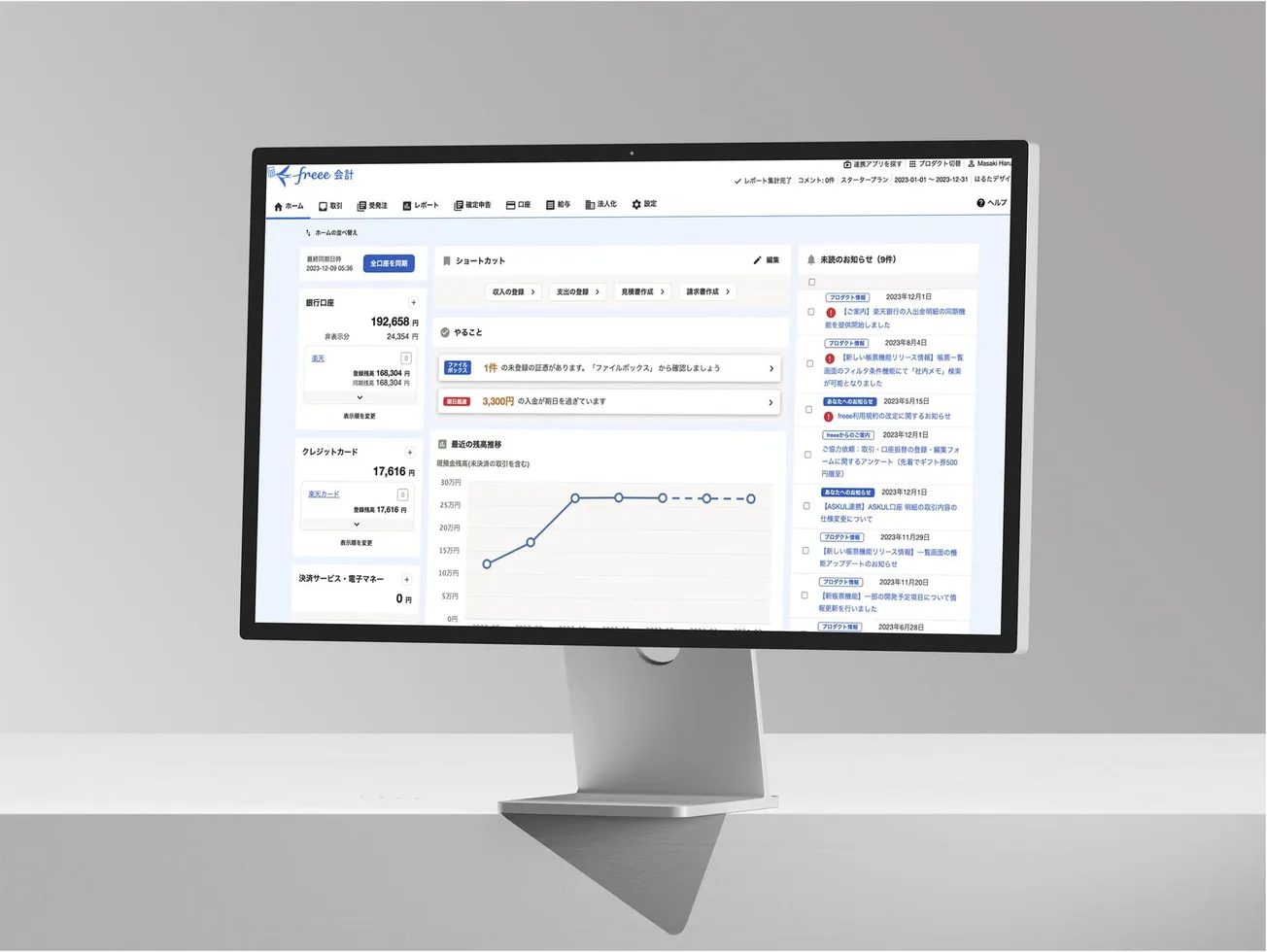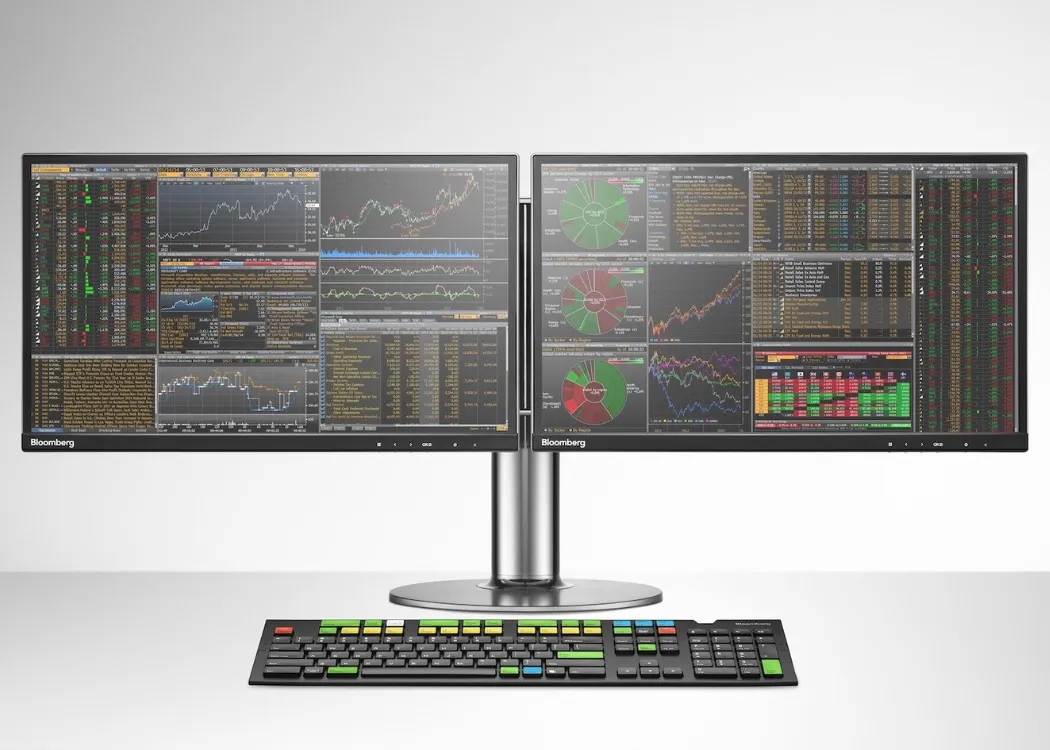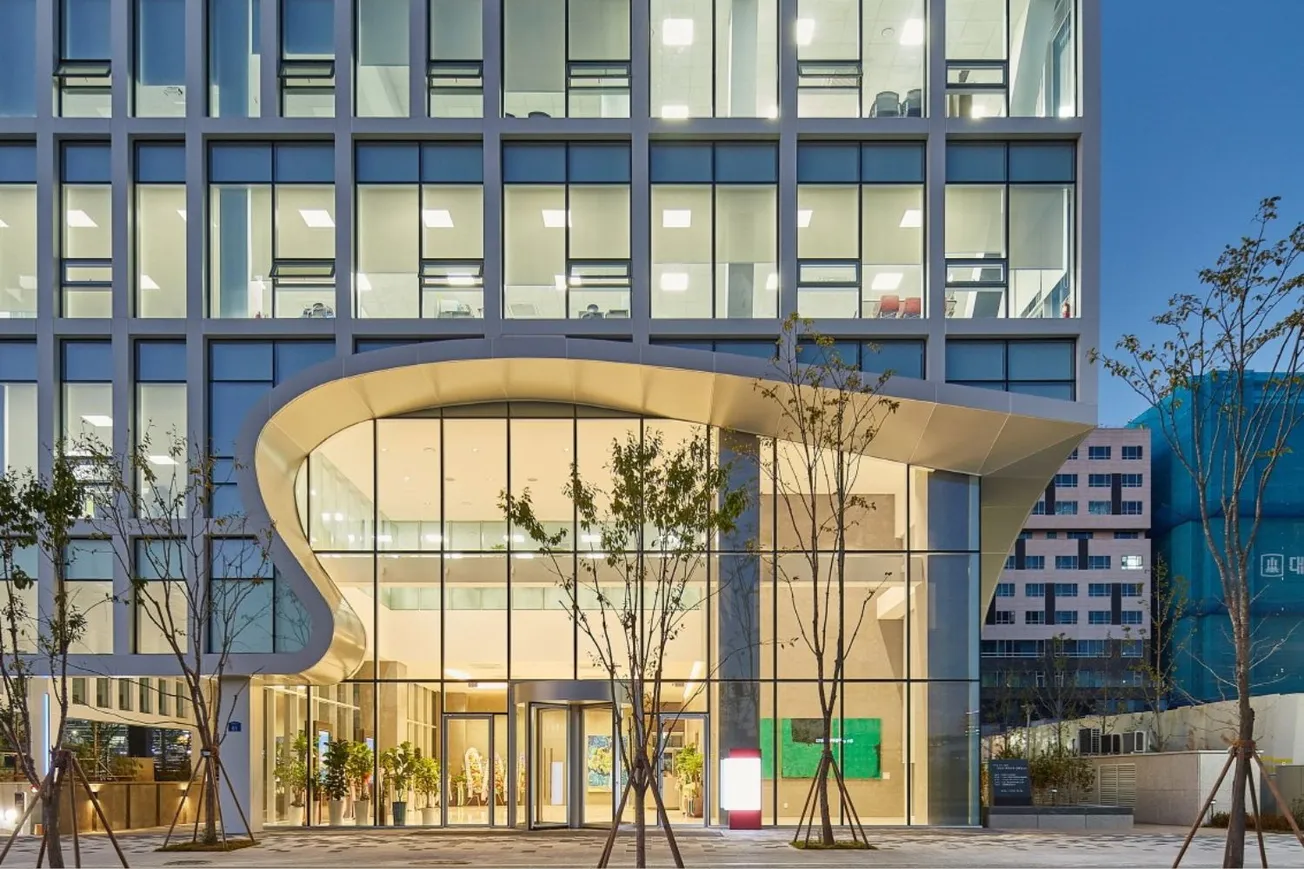Disclaimer: Asian Century Stocks uses information sources believed to be reliable, but their accuracy cannot be guaranteed. The information contained in this publication is not intended to constitute individual investment advice and is not designed to meet your personal financial situation. The opinions expressed in such publications are those of the publisher and are subject to change without notice. You are advised to discuss your investment options with your financial advisers, including whether any investment suits your specific needs. From time to time, I may have positions in the securities covered in the articles on this website. Full disclosure: I do not hold a position in Lao Feng Xiang at the time of publishing this article. To reiterate, this post and the below presentation are for informational and educational purposes only - not a recommendation to buy or sell shares.
Lao Feng Xiang (900905 CH - US$2.1 billion) is the largest jewelry manufacturer and retailer in China, with an estimated market share of 7.5%.
The company has a long history dating back 175 years. The name “Lao Feng Xiang” means “old phoenix” in mandarin Chinese, symbolizing rebirth. It was one of the earliest manufacturers and retailers of precious metals in Shanghai, and it was famous for its gold jewelry, utensils, pearls, jades, and diamonds. Celebrities would often wear Lao Feng Xiang jewelry to special events.
After the Communist Revolution in 1949, the jewelry industry suffered a slump as wearing gold was considered “bourgeois”. However, the business restarted after Deng Xiaoping’s reforms in the early 1980s. Lao Feng Xiang eventually ended up listed on the Shanghai Stock Exchange where it remains today.
Lao Feng Xiang’s niche is traditional gold jewelry. The designs tend to be simple and timeless, in contrast to, say, Chow Tai Fook’s more trendy designs. Customers buy Lao Feng Xiang’s jewelry not only as accessories but also as investments - to protect their capital from inflation.
And the company has been immensely successful. Over the past 20 years, it’s compounded revenues at 20% and earnings at 32%. While the numbers for the past ten years have been more modest, the industry has suffered significant headwinds after the gold bubble burst in 2012. In light of these headwinds, Lao Feng Xiang has performed admirably.
Since 2022, China’s gold market seems to have woken up, thanks to the depreciation of the Renminbi against the US Dollar. In 2024, gold trading volumes hit a new high. Shanghai gold prices now trade at a premium to world prices. China’s central bank is also aggressively buying gold.

